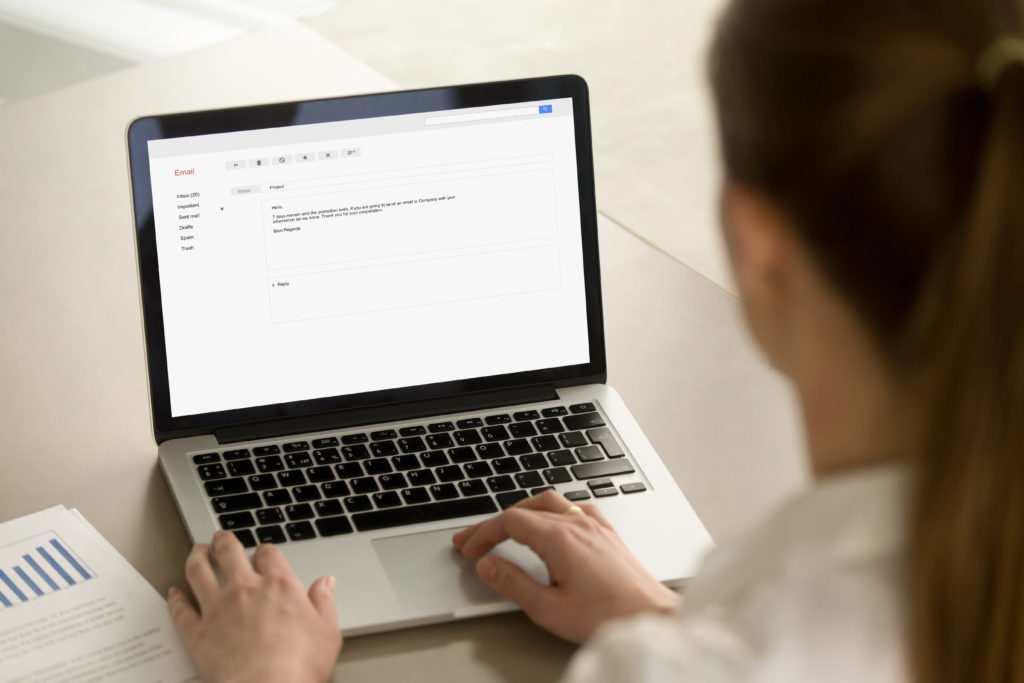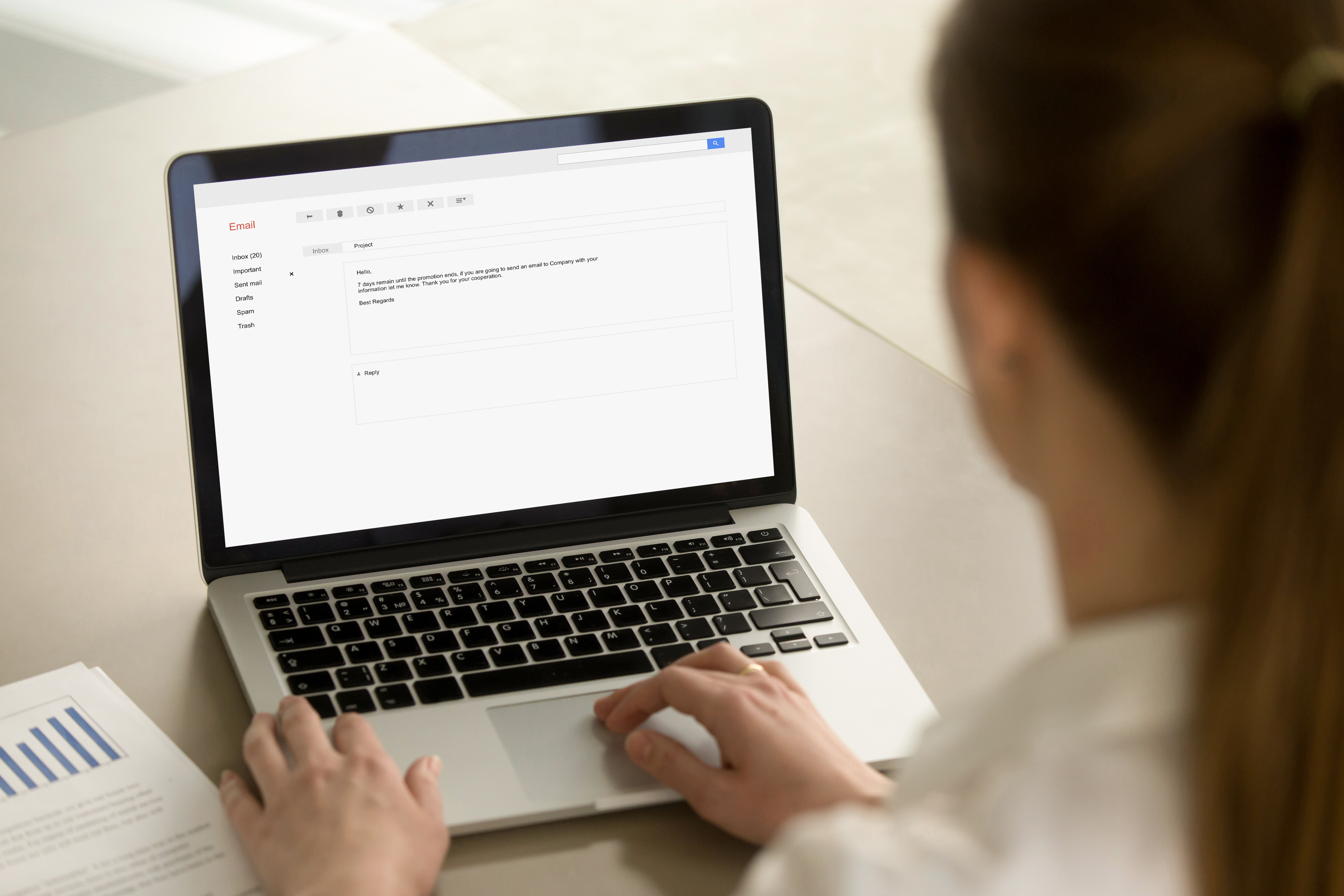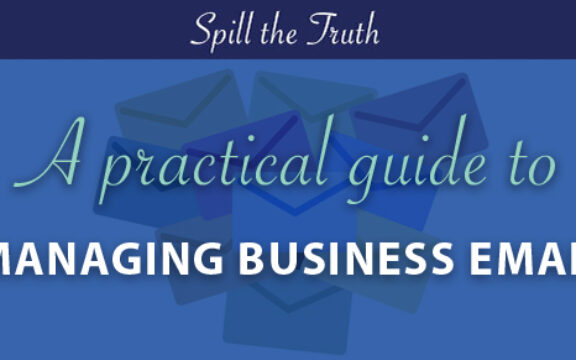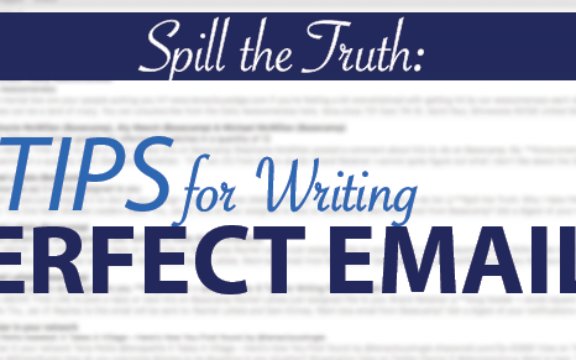Email is the most relied upon communication tool. More than 281 billion emails are sent per day, allowing employees and leaders to work and be reachable from practically any corner of the globe with an internet connection.
Even though we are all familiar with email and use it practically every day of our lives, there is an ever-widening lack of standards when it comes to appropriate business email communication.
That could be because we’re all expected to respond immediately or as fast as possible, forcing the greater nuances of email communication to be left behind in favor of speed. Spelling errors, unclear responses, and non-answers to an email full of important questions all contribute to headaches, miscommunications, and lost time/money.
Even though a lot of what I’m writing here are common sense email tips, it’s always good to take a step back. Recommit yourself to better email habits that will make your life easier and communication smoother with your colleagues and clients.
And if you need to gently suggest better email habits to colleagues (or a specific one in mind), post this to LinkedIn, or send an office-wide email as a polite way to remind your colleagues that you could all freshen up your email habits and take the stress out of your day-to-day.
- Messy or vague subject lines
Take the guessing game out of email subject lines. How many of you have received (or admittedly sent) an email with no subject line, or a subject line with only characters “!!!”?
Those subjects are confusing, practically unsearchable in inboxes, and cause archival headaches.
The easiest way to write a good subject line is simple: What’s this email about? What action do you need from sending this email? That will help drive what your subject line is. If you’re writing to ask about brand colors, your subject line should be straightforward and always on topic.
“Quick Question: Monday’s Newsletter Draft” is a great subject line. It’s clear, actionable, conveys that the reader will be able to give a quick answer, and lets them know immediately what you’re asking.
Writing clear-cut subject lines is a great way to optimize how much time we all spend in our inboxes. It also frees up more time spent on our actual work. The right subject lines will not only help you organize your inbox more efficiently, but you’ll also make it easier for your colleagues to organize your messages landing in their inboxes as well.
- Avoiding your inbox and not answering important emails
This seems like a no-brainer. But let me tell you, it’s not.
There are countless employees at every company who either choose not to respond to emails, or reply weeks later with their comments on a project that’s already been executed. Or maybe this is you, and you don’t know how to change your habits because you’ve left too many emails unanswered.
The truth is: we’re all busy and have important work to do. Being responsive on email boosts your reputation, gains you perception points, and makes it clear you can be counted on.
If you find yourself unable to keep up with your inbox, ask yourself this: What are the roadblocks preventing you from answering emails? Do you have too much on your plate, or are you not responding because you’re waiting for confirmation from someone else?
If so, try this: send an email back to the recipient saying that you’re working on X or looking into X, and will get back to them with the answer once you have it. Then make sure to make a note so you know to get back to them.
For the most part, colleagues, leaders, and clients just want to know what’s going on. Your job will get easier if you’re consistent in emailing them back and giving status updates.
- Writing emails with numerous spelling errors and bad grammar
If your emails are rife with spelling errors, strange capitalizations, or sentences that are consistently grammatically incorrect, you’re at risk of not being taken seriously at work or worse—losing valuable clients to competitors who are more professional communicators.
The worst spelling errors admittedly happen when we’re on the go and responding from our smartphones. Autocorrect can sometimes be more trouble than it’s worth. That’s why it’s important to re-read your email carefully before sending.
Extra tips: Slow down, type with purpose, and use your platform’s handy built-in spell checker.
- Writing emails in the heat of the moment
One of the most delicate difficulties of email communication is the lack of tone. It’s something we take for granted when speaking in person with colleagues, because we immediately know when they’re being sarcastic, genuine, upset, or joking.
Written words are different. A joke via email can come off as a criticism, or a simple question can come off as a demand—all based on how you read the email in your head, in your own voice.
There will also be times when tone is not an issue, and colleagues or bosses are blatantly attacking you.
No matter what the situation, the best thing you can do is to always remain calm and respectful.
No name-calling and no emotionally charged words (you always, you never, incompetent, very angry, etc.). Just a respectful email response explaining your situation, or suggesting that you should take this conversation to the phone, in-person, or even HR if need be.
Some great phrases to use when responding to these types of emails are:
- I need your help to clear up a potential misunderstanding.
- It’s been my experience that the best approach for us is…
- First, let me clarify…
- Let me give you a call with a few ideas on how to proceed.
Remember: emails can be saved, forwarded, and shown to anyone. It’s always best to imagine yourself “on the record” when handling difficult situations via email.
Would you add any others to this list? Send me your ideas to email: melissa@trupertception.com







